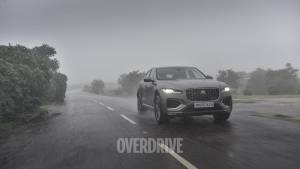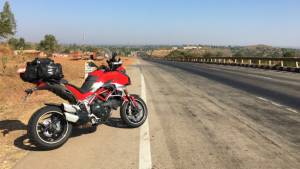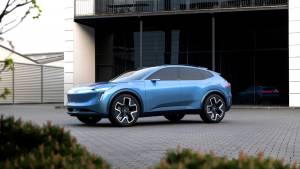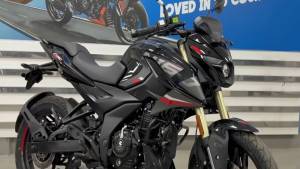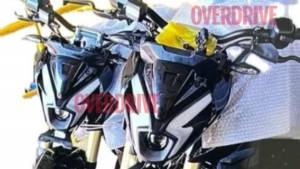Five things that will completely transform your long distance riding
The thing about doing long distances isn't actually the physical aspect of it. Or at least it shouldn't be. The length of your ride should not be determined by the stamina of your gluteus. It should be determined by your ability to pay attention and focus. Here are five things you should remember or do to make your longer rides better.
1. Are you ready to ride?
You already know you should have checked your bike thoroughly right? That it has oil, brake pads, tyres etc. This is about the stuff you check just before you ride. We like to do this as the bike warms up at idle. First check you have your wallet, cards, license and bike papers. Next, check your cellphone has charge both battery and money. Then check that all your luggage is closed and all mountings are secure. And finally, before you hop on the bike, check all your pockets are closed, gloves are securely fastened and the helmet strap is done. Now you're ready to ride.
2. The cruising speed
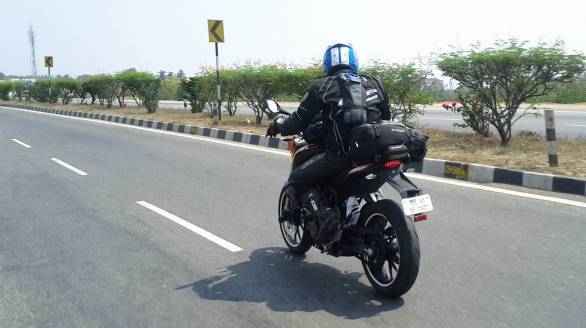
What is a good cruising speed, then? There are many theories. People say around peak torque in top gear is a good speed. Others say 10 per cent over the speed limit is a good speed. Still others say it depends on the bike. I say it changes for everyone and in every situation. We ride mostly in three states of mind. First is one of urgency and/or fear. This is a stressed feeling where you're not quite panicking but intensely aware that you're going quick. Note that this isn't speed dependent as much as it is situation dependent. You'll feel like this at 35kmph on a crowded street and at 150kmph on a busy highway. Second is boredom. This is when you keep wanting to go quicker but for any number of reasons, cannot. The third is when you're happy and confident. I say cruise at the speed that makes you happy and confident. This is the speed when your motorcycle and your riding are working well enough for your brain to pay attention without that panicky feeling creeping in at the edges. Things will change cruising speeds. Vibration on the bike at a certain part of the rev range will do it, changes in traffic pattern will do it and even your physical condition as the day wears on will do it. The trick is to smoothly and consciously readjust your speed. It's working at this speed that gives you the most mental time to appreciate the vistas, to stay focussed for the longest possible time and has the least fatigue of all the three mental states.
3. Carry water and wear ear plugs
I know it sounds silly but you'll be amazed at how much difference these two things make. Wearing a hydration bladder puts a small valve next your mouth that you can bite down on and sip water from. The constant sipping keeps your body hydrated and though it might feel like you're stopping more often to relieve yourself, you'll remain fresher and more alert the whole ride. Add a bit of ice to the bladder before a hot day and you'll be amazed at how much of a difference the water makes. Wearing ear plugs causes the world to seem calmer, eliminates nearly all of the wind noise, mitigates long term hearing loss and trust me, after just ten minutes you'll hear everything, only quieter.
4. Carry basic first aid equipment and medicines
It sounds stupid and obvious but most highway riders don't actually carry either. Make a small medicine kit and a small first aid kit and add that to your luggage in an easily accessible place. I wear dog tags with my medical and emergency information on and OVERDRIVE identity cards also carry blood group, allergy and emergency contact information on them. Make a quick card and add to your wallet, or tape to the back of your cellphone. Or both.
5. Know when to stop
Some stops are non-negotiable. You'll have to stop when the fuel in your tank or the air in your tyre runs out. But others can be planned. The net impact of a higher number of ultra short breaks and of infrequent but longer breaks is about the same out on the road. Some of us work better with lots of short breaks and others with long stints and long breaks. The trick is to know which one works for you. I tend to ride tankful to tankful (refilling at the quarter tank mark), and when I stop, I'll fuel, have chai and something light to eat and then go to the toilet before resuming the ride. That's my plan. You should have one too.
Related Stories
Top Stories
Latest Videos
Most Popular
- Budget Sportbike Showdown: Kawasaki Ninja 500 vs Aprilia RS 457 vs Yamaha YZF-R3
- 2014 Triumph Daytona 675 vs 2024 Kawasaki ZX6R - A Decade of Evolution in Supersport Motorcycles
- Mumbai-Pune Expressway speed restrictions updated
- Nissan Magnite EZ-Shift review - is the AMT any good?
- Nitin Gadkari states that tax on Hybrids should be reduced to 12 percent in the coming future
